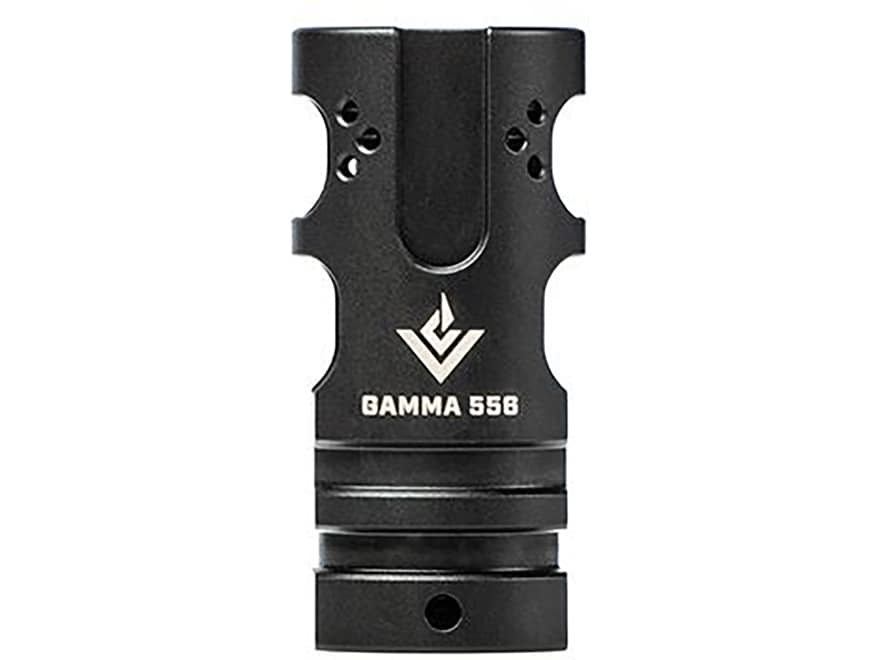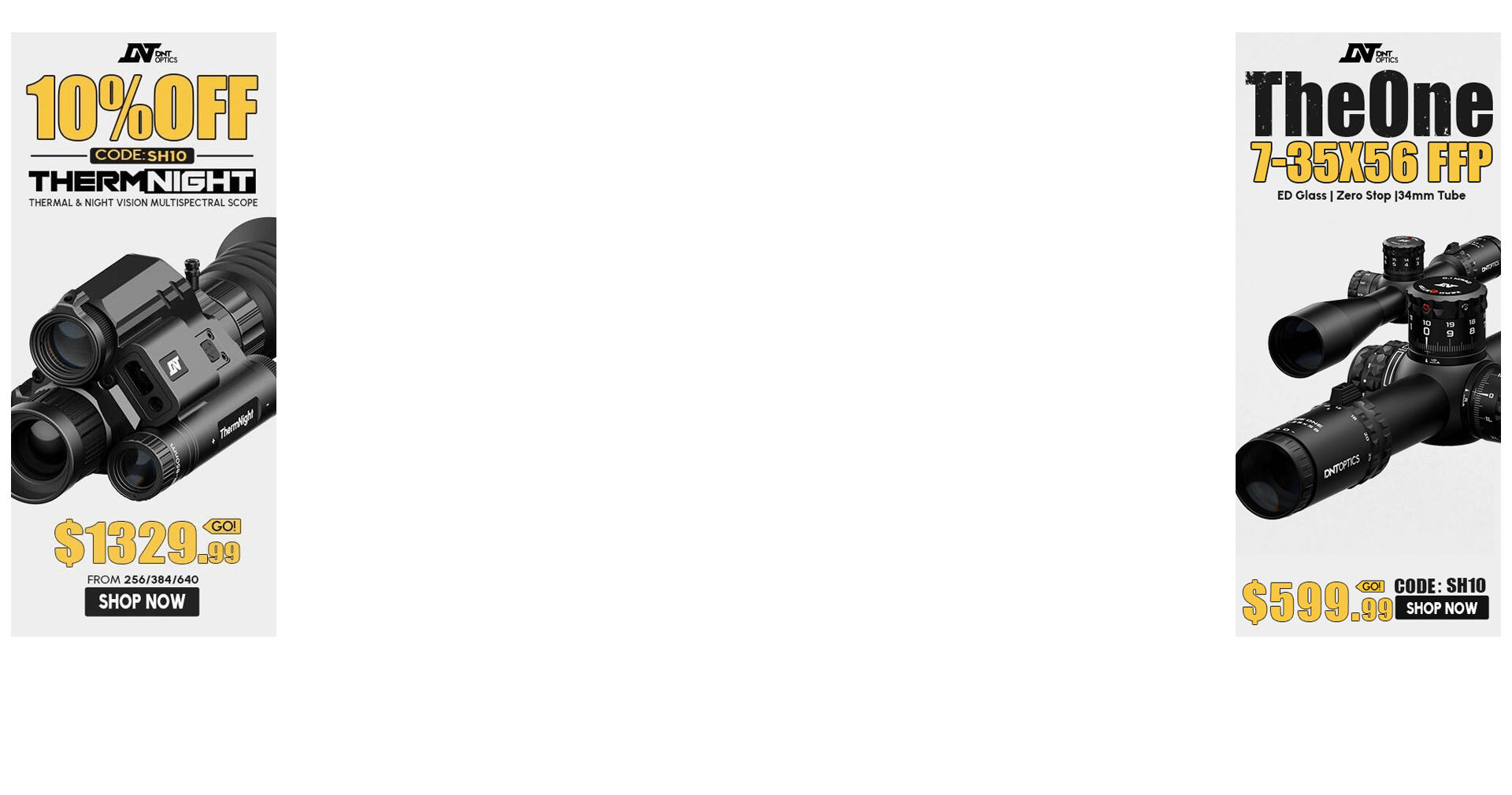Quick Version
I currently use a birdcage type flash hider (came with the gun). It is not an A2 and has an open bottom. It's open all the way around except for the tines.
I'd like to try the benefit of a comp or brake. Do I want something like the WarComp Closed-Tine with the ports in the top that keeps the flash-hider function, or do I want a comp with more holes on the top, or do I want more of a muzzle brake device like the Surefire SOCOM muzzle brake?
More detail
I don't have actual experience with muzzle devices other than a birdcage flash hider. Before I go on a muzzle-device safari and build a costly collection of them in a drawer, I'd like to get feedback on the experience of others with 5.56x45 in particular. Because 556 doesn't have a lot of recoil, I anticipate the effects brakes to be subtler but there is still plenty of gas to drive a comp or brake.
I understand there are flash suppressors that cut bright muzzle flash. There are compensators that blow gas up to push the muzzle down, counteracting muzzle rise. And there are muzzle brakes that blow gas to the sides or back to either reduce the gas pushing the rifle backward or possibly even pull the rifle forward against recoil generated when the bullet and powder mass is ejected.
Flash hiders reduce flash that can interfere with the sight picture and cause a more visible signature. Flash isn't desirable, but it isn't an issue in daylight, competition, recreational shooting or most situations where one isn't anticipating return fire.
Compensators should tame muzzle rise. While 556 doesn't generate a lot of recoil, the sight picture is affected. If any magnification is used in the optic, the movement is also magnified. Even slight muzzle movement also requires time for the muzzle to return on target which would increase split times in competition. I imagine that lateral movement compensated by compensators is more disturbing to sight picture than the longitudinal movement straight-back that brakes attenuate.
Muzzle brakes primarily keep the gas ejected from the muzzle from pushing the rifle backward, instead directing it out to the sides. This is understood to be particularly annoying to people adjacent to the shooter's position. While this straight-back gas thrust portion of recoil itself should not disturb sight picture, it is inevitably directed into the shooter who himself does not recoil straight back but bends in his soft tissue and at joints resulting in angular and lateral movement.
I understand that some people find comps and brakes bothersome because of the blast that can be directed toward the shooter. Other people note that the blast is less often directed backward, but more to the sides. There are some brakes that actually direct gas backward. The brakes that direct gas to the sides are more problematic when there are reflective surfaces in those directions.
I also understand there are suppressors, and a lot of muzzle devices are suppressor attachment points.
I currently use a birdcage type flash hider (came with the gun). It is not an A2 and has an open bottom. It's open all the way around except for the tines. My use is for training and civic duty. I have better options for home defense.
I'd like to try the benefit of a comp or brake. Do I want something like the WarComp Closed-Tine with the ports in the top that keeps the flash-hider function, or do I want a comp with more holes on the top, or do I want more of a muzzle brake device like the Surefire SOCOM muzzle brake?
I currently use a birdcage type flash hider (came with the gun). It is not an A2 and has an open bottom. It's open all the way around except for the tines.
I'd like to try the benefit of a comp or brake. Do I want something like the WarComp Closed-Tine with the ports in the top that keeps the flash-hider function, or do I want a comp with more holes on the top, or do I want more of a muzzle brake device like the Surefire SOCOM muzzle brake?
More detail
I don't have actual experience with muzzle devices other than a birdcage flash hider. Before I go on a muzzle-device safari and build a costly collection of them in a drawer, I'd like to get feedback on the experience of others with 5.56x45 in particular. Because 556 doesn't have a lot of recoil, I anticipate the effects brakes to be subtler but there is still plenty of gas to drive a comp or brake.
I understand there are flash suppressors that cut bright muzzle flash. There are compensators that blow gas up to push the muzzle down, counteracting muzzle rise. And there are muzzle brakes that blow gas to the sides or back to either reduce the gas pushing the rifle backward or possibly even pull the rifle forward against recoil generated when the bullet and powder mass is ejected.
Flash hiders reduce flash that can interfere with the sight picture and cause a more visible signature. Flash isn't desirable, but it isn't an issue in daylight, competition, recreational shooting or most situations where one isn't anticipating return fire.
Compensators should tame muzzle rise. While 556 doesn't generate a lot of recoil, the sight picture is affected. If any magnification is used in the optic, the movement is also magnified. Even slight muzzle movement also requires time for the muzzle to return on target which would increase split times in competition. I imagine that lateral movement compensated by compensators is more disturbing to sight picture than the longitudinal movement straight-back that brakes attenuate.
Muzzle brakes primarily keep the gas ejected from the muzzle from pushing the rifle backward, instead directing it out to the sides. This is understood to be particularly annoying to people adjacent to the shooter's position. While this straight-back gas thrust portion of recoil itself should not disturb sight picture, it is inevitably directed into the shooter who himself does not recoil straight back but bends in his soft tissue and at joints resulting in angular and lateral movement.
I understand that some people find comps and brakes bothersome because of the blast that can be directed toward the shooter. Other people note that the blast is less often directed backward, but more to the sides. There are some brakes that actually direct gas backward. The brakes that direct gas to the sides are more problematic when there are reflective surfaces in those directions.
I also understand there are suppressors, and a lot of muzzle devices are suppressor attachment points.
I currently use a birdcage type flash hider (came with the gun). It is not an A2 and has an open bottom. It's open all the way around except for the tines. My use is for training and civic duty. I have better options for home defense.
I'd like to try the benefit of a comp or brake. Do I want something like the WarComp Closed-Tine with the ports in the top that keeps the flash-hider function, or do I want a comp with more holes on the top, or do I want more of a muzzle brake device like the Surefire SOCOM muzzle brake?



